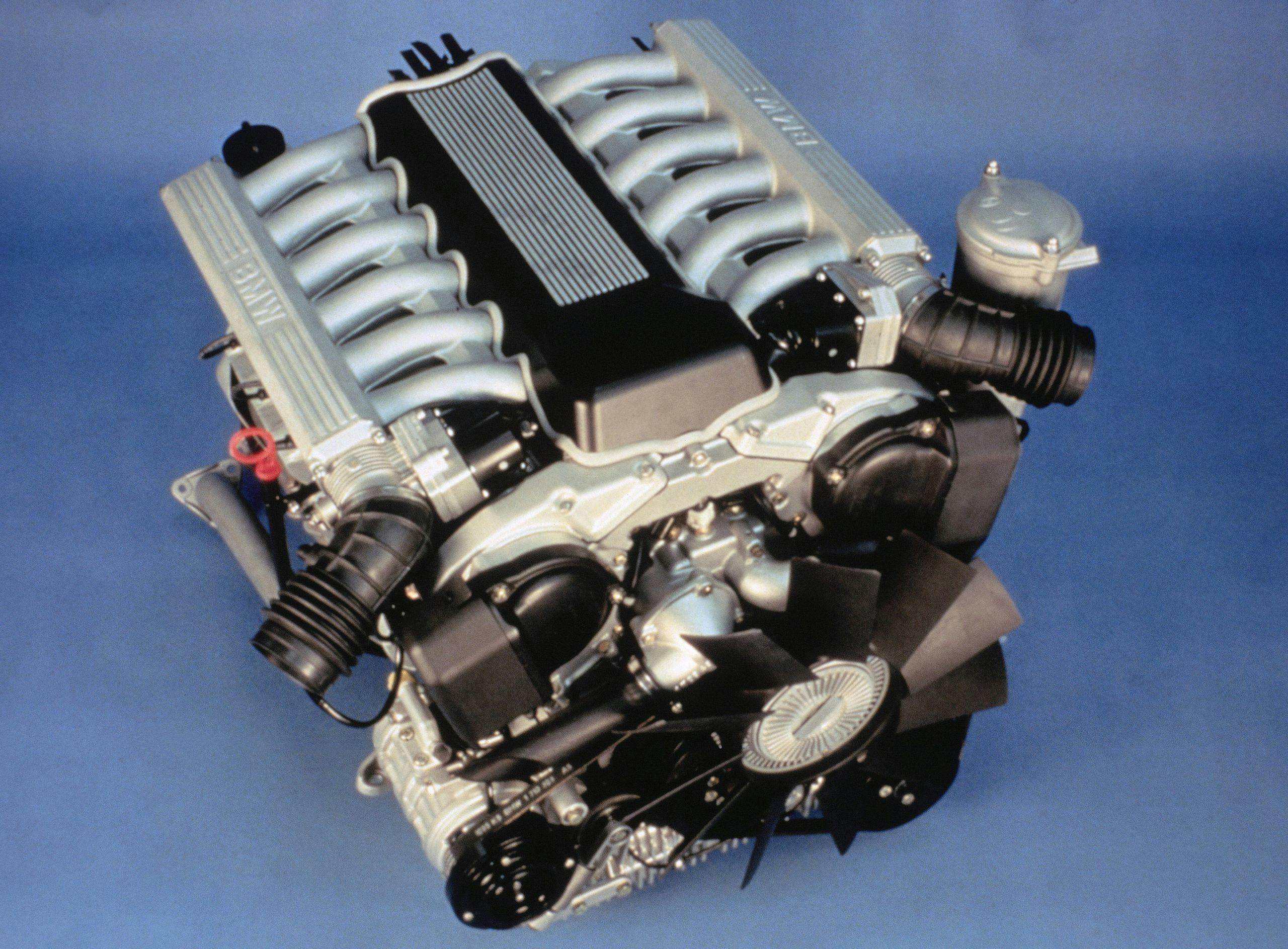Top 5 BMW Engine Technologies Transforming the Automotive Industry
Top 5 BMW Engine Technologies Transforming the Automotive Industry
Blog Article
Revealing the Intricacies of Next-Generation Power Units: a Deep Dive Into Advanced Engine Styles and Advancements
As we stand on the precipice of a brand-new era in transportation, the intricacies of next-generation engine styles beckon us to check out the cutting-edge innovations and innovations that guarantee to redefine the driving experience. Delving deeper right into the realms of discharge control, smart engine management systems, and the perspective of power device development, we discover ourselves on the cusp of a transformation that guarantees to improve the landscape of mobility as we understand it.
Advancement of Engine Materials

The change in the direction of progressed engine products has also enabled engineers to develop engines with greater power outcomes while preserving fuel effectiveness requirements. As an example, the usage of light-weight products lowers the total weight of the engine, leading to improved gas economy and lower emissions. In addition, improvements in products innovation have enabled better thermal management within engines, resulting in increased integrity and long life.
Turbocharging and Supercharging Technologies
How do Turbocharging and Supercharging Technologies revolutionize engine efficiency and effectiveness in modern lorries? Supercharging and turbocharging are modern technologies that substantially enhance engine efficiency by boosting the amount of air consumption into the burning chamber. Turbocharging achieves this by making use of a turbine driven by exhaust gases to pressurize the consumption air, while supercharging makes use of a belt- or chain-driven compressor to accomplish the very same impact.
These technologies allow smaller, a lot more fuel-efficient engines to produce power comparable to bigger ones, called downsizing. Forcibly more air right into the cylinders, turbocharging and turbo charging boost burning performance, leading to enhanced horsepower and torque output without a significant rise in engine dimension. This causes far better acceleration, lugging ability, and overall driving performance.
Furthermore, turbocharging and supercharging contribute to boosted fuel performance by allowing the usage of smaller engines that eat much less fuel under normal driving conditions - bmw engine. This combination of boosted performance and efficiency has actually made turbocharging and supercharging indispensable components of numerous modern-day engine designs
Emission Control and Environmental Influence
With enhancing international issues relating to air high quality and ecological sustainability, the application of exhaust control modern technologies in cars plays a crucial duty in lowering dangerous toxins launched into the atmosphere. Modern lorries are equipped with advanced exhaust control systems that aid decrease the ecological effect of vehicle operations. Catalytic converters, for example, are made to convert poisonous gases such as carbon monoxide gas, nitrogen oxides, and hydrocarbons into much less unsafe materials like co2 and water vapor.
Additionally, innovations in engine modern technology, such as the combination of exhaust gas recirculation systems and discerning catalytic decrease, have dramatically added to reducing emissions. These modern technologies function in tandem to enhance combustion effectiveness and lessen the launch of damaging contaminants right into the air. Furthermore, the advancement of crossbreed and electric cars stands for a vital action towards lowering the general environmental impact of the transport sector.
Intelligent Engine Monitoring Equipment

Additionally, these systems allow vehicles to satisfy rigid discharges standards without compromising performance, giving a more environmentally friendly driving experience. The integration of fabricated knowledge and artificial intelligence capabilities in engine monitoring systems remains to press the boundaries of what is feasible, causing more improvements in efficiency, integrity, and overall car performance. bmw engine. As auto technology advancements, intelligent engine monitoring systems will certainly play an important role in forming the future of transportation in the direction of a more lasting and reliable instructions
Future Trends in Power Unit Advancement
As smart engine monitoring systems lead the method for improved control and optimization in contemporary cars, future patterns in power unit development are positioned to redefine the landscape of auto propulsion modern technologies. These different power resources provide improved efficiency and efficiency while lining up with strict environmental regulations.
An additional considerable pattern is the integration of innovative products and producing techniques. Light-weight materials such as carbon fiber and aluminum are being made use of to minimize total automobile weight, enhancing gas performance and performance. Additionally, innovations in 3D printing and additive production are enabling the manufacturing of complicated engine components with greater precision and durability.
Furthermore, expert system and device understanding are playing an essential duty in enhancing power device performance. These technologies permit real-time monitoring and flexible control, leading to a lot more reputable and efficient power shipment. On the whole, future patterns in power device development are tailored in get more the direction of sustainability, effectiveness, and efficiency, driving the automotive market in the direction of a brand-new era of propulsion innovations.

Conclusion
In verdict, the advancements in engine materials, turbocharging, discharge control, and smart monitoring systems have actually paved the way for next-generation power systems. The complex layouts and technologies in modern engines showcase the ongoing evolution of automobile innovation.
Checking out the dynamic innovations in engine products has actually been crucial in boosting the efficiency and performance of modern engines. Over the years, the evolution of engine products has actually played a crucial role in pressing the borders of what engines can you can look here attain.The change towards advanced engine products has actually also allowed designers to create engines with higher power outputs while maintaining gas performance requirements.The application of intelligent engine management systems in modern-day automobiles has actually transformed the way engines are controlled and enhanced for performance and effectiveness. By accumulating data in real-time and assessing it with innovative formulas, smart engine administration systems can adapt to driving designs, ecological aspects, and engine health to take full advantage of power output while minimizing gas usage and emissions.
Report this page